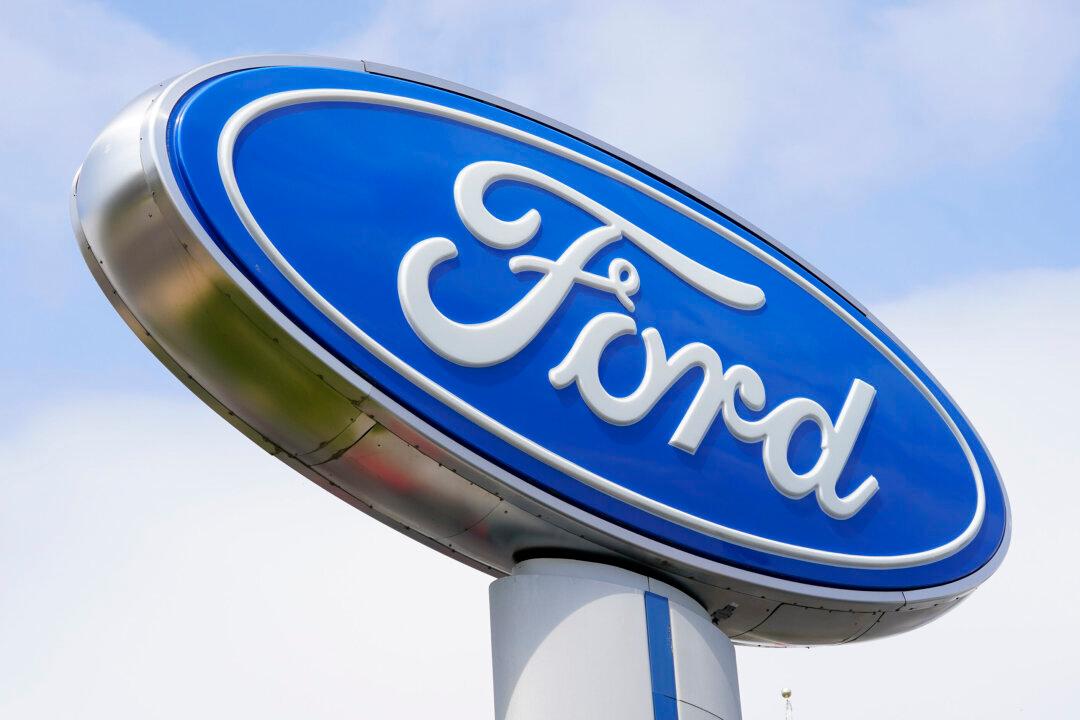Ford Motor Co. on Tuesday reported profits of $1.76 billion in the first quarter of 2023 that topped Wall Streets expectations, as the automaker’s fleet and legacy operations outweighed growing losses in electric vehicles.
Revenue rose 20 percent year-over-year to $41.5 billion for the quarter on a 9 percent increase in vehicle shipments over the same period last year. The results beat the $36.08 billion that analysts expected.




